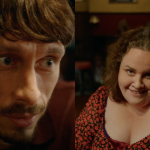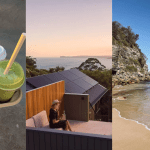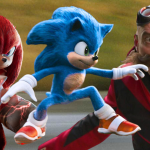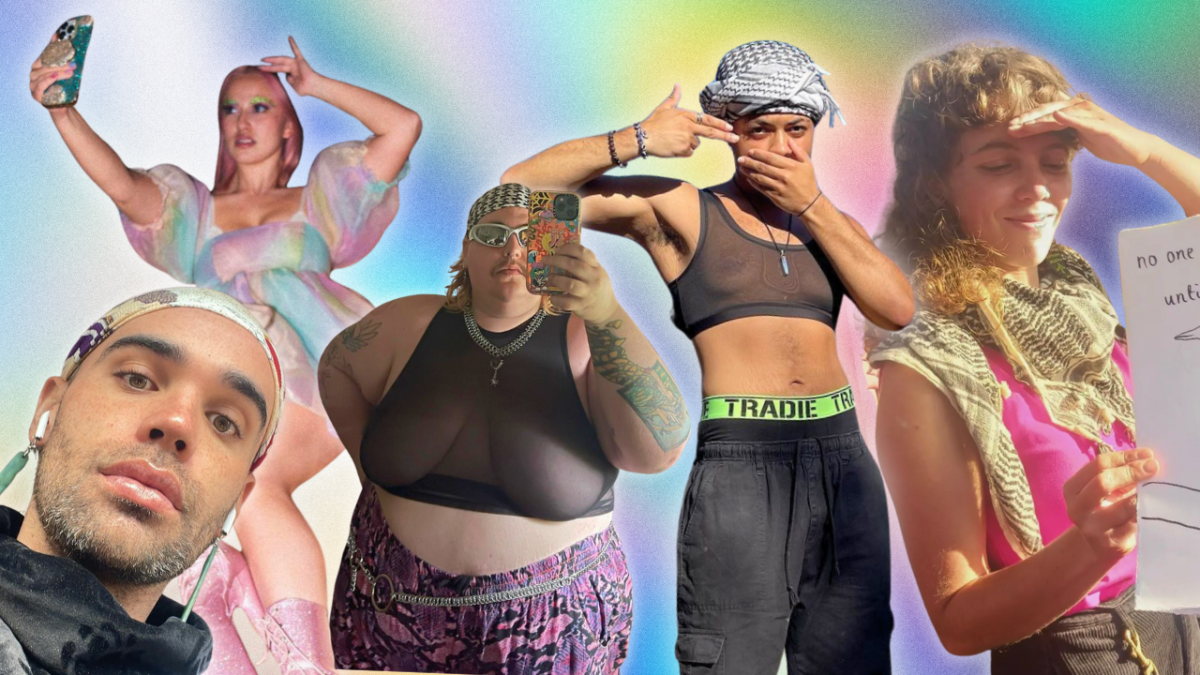
As we prepare for the Gay & Lesbian Mardi Gras to descend on ‘Sydney’/Gadigal Country, it’s important that we remember that this event is so much more than a party. Mardi Gras’ roots are unequivocally political in nature. The street party of today began in 1978 to commemorate the anniversary of the Stonewall Uprising and then protest police violence against the LGBTQ+ community.
Despite police oppression and a hostile social environment, Mardi Gras has continued to develop into the event we know today. It also has annual themes to represent current issues and continue the core advocacy role of the event. 2024’s theme is ‘Our Future’ and is meant to prompt the queer community to, “band together to dare to dream and manifest our future.”
Globally, we are seeing right-wing populism gaining significant influence in what political scientists are analysing as “conservative backlashes”. There’s an increasing gap between countries advancing LGBTQ+ rights, and those criminalising queerness. In 2023, the United States and Canada reported an increase of reactionary anti-LGBTQ+ policy. Australia is not exempt from this global trend, criminologist Justin Ellis refers to the rise of violence here as developing from an “anti-LGBTQ+ hate feedback loop” which emboldens conservative hate groups.
In this domestic and global political landscape, what does it mean to envision and fight for queer futures? I asked seven queer people to tell me what ‘Our Future’ meant to them and what struggles are vital to securing a future for our community.
*Interviews have been edited for length and clarity.
What does ‘Our Future’ mean to you?
“I am drawn to a David McDiarmid quote, “I want a future that lives up to my past”, in the 90’s those words resonate differently to what they do now. I think our future looks like a collective imagination that is cognizant of the history and context of queer politics on this continent. Queerness is inseparable from coloniality, ‘our future’ is rooted in the empowerment and sovereignty of First Peoples.” – Michael Gentle (he/him), 21. Michael is a queer man and descendent of the Minang people of the Nyoongar nations.
“Whose future? I mean for starters it’s called Sydney Gay and Lesbian Mardi Gras. They said LG but not BTQIA+.’Our future’ is a bold statement when Mardi Gras continues to centre to cis, white, gay men. That ain’t the future I want.” – Dr Naomi Koh Belic 許佳丽 (she/her), 29. Naomi describes herself as a bisexual, biracial, bimbo biologist.
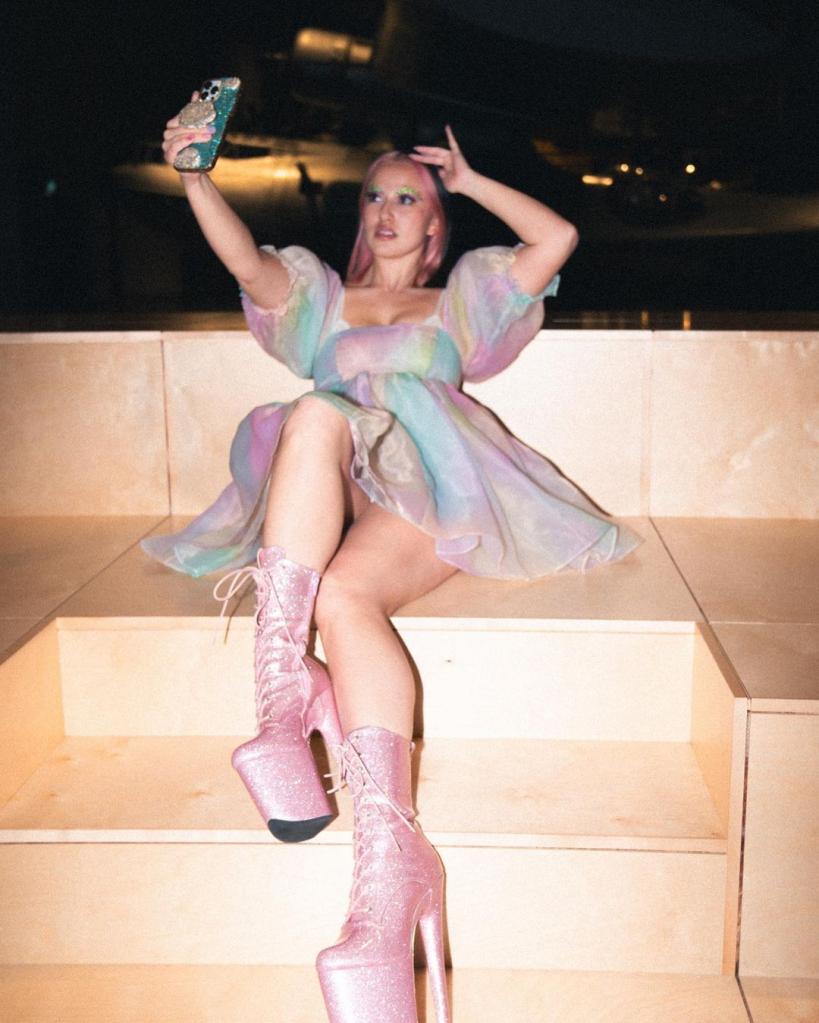
“It’s a complicated answer. It’s important to remember that for queer and Black people we often can only think about survival. But I know in fighting for a queer future we must think beyond survival. Watching Alluvium last year, a retro-futuristic cabaret show by Arrentre Sistergirl Stone Motherless Cold, has been very impactful for me. To envision the weaving of queerness into the future, that Indigeneity and queer Indigeneity should be celebrated. There is a lot of support within the Aboriginal community that is integral. I’ve felt that love for queer Indigenous relatives in Melbourne and Alice Springs, it reaffirms my optimism for a queer Indigenous future. ” – Scottie (They/Them), 23. Scottie is a non-binary Arabana and Southern Arrernte person, they are also bisexual, neurodivergent and physically-disabled.
“Being young, queer, mixed Afro Black and Muslim – ‘Our Future’ to me encompasses the full range of intersectionality and diversity that makes up our queer community on these colonised lands. It brings my mind directly to our kids and the next generation, what we can do today to make sure they get to live in a more accepting and safe world. It’s so important to me that we’re all doing our best by never forgetting the fights that have passed down to us and remembering that we’re now in the position to do that same work in a new context for the next gen.” – Jamil Nabolé (they/she/he), 21. Jamil is a mixed Burkinabé and German person.
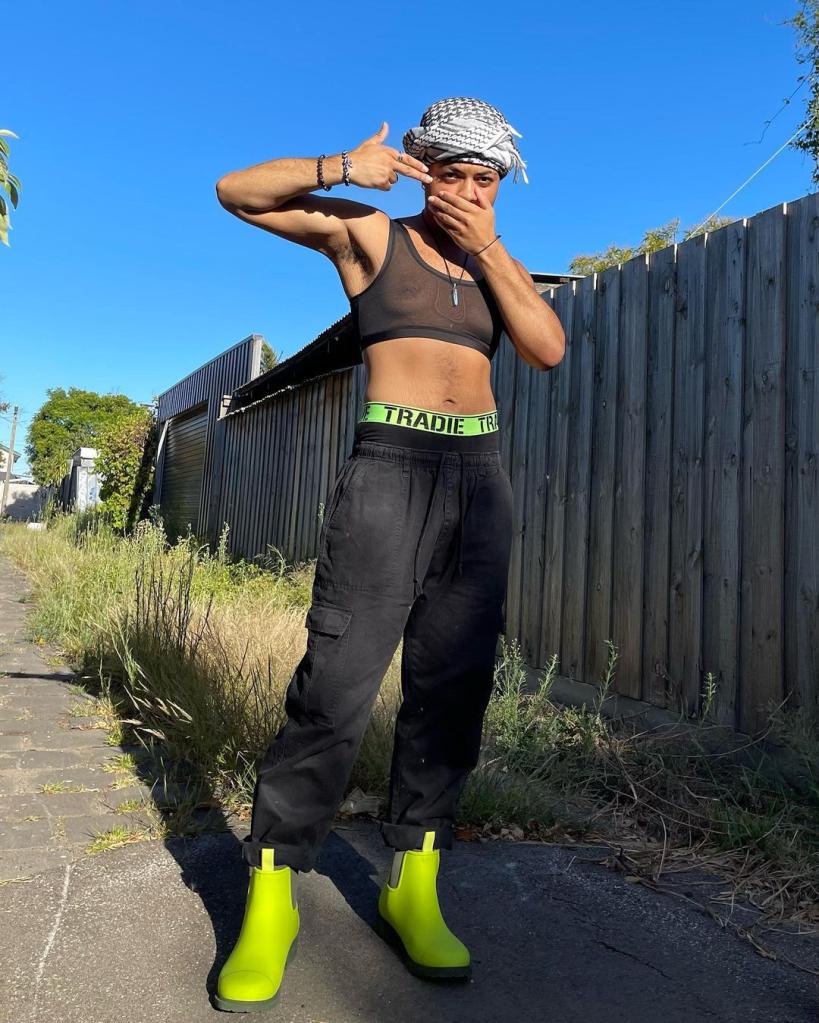
“This theme shows a continuing culture, there have and always will be queer community. Queerness is sacred and beautiful. Our future is in our love & in our ability to see that our liberation is linked with all liberation struggles around the world.” – Tess Royale Clancy (They/them), 25. Tess is a non-binary trans-masc person.
“This theme, in this moment means [for me] our future/our past. As always we need to be reconciling where we are as queer people and whose shoulders we stand on, from all intersections. It’s a huge time to consider what queer existence looks like, not just in gender and sexuality but also queer in changing our relationships and decolonising the environment we’re in. A queer future looks like a pleasurable newness.” – Guy (Ia/they/them), 26. Guy is a takatāpui Māori climate justice advocate & storyteller.
“Firstly, who is included in “our” future? As the media and education system legitimizes the genocide of millions of Palestinians, and evades the genocides happening in the Congo, Sudan, Myanmar, Armenia N/G, Amhara and Uyghurs, I don’t see an equal footing to “our future” and I don’t see safety the future of many in so-called safe ‘Australia’, where the murder of First Nations people by ‘public servants’ is justified.” – Sofia Sabbagh (she/they). Sofia is Palestinian/Irish Australian queer artist and activist.
Globally there is a trend in rising right-wing extremism and anti-LGBT+ hate — what does fighting for Queer futures look like in this landscape?
“It looks like showing up, showing up as we are and taking up space. Singing our songs, wearing our colours and just taking up as much space as we can. Direct advocacy is something that [queer people] have always known about but there are other ways of showing allyships and standing for what we believe in.” – Guy
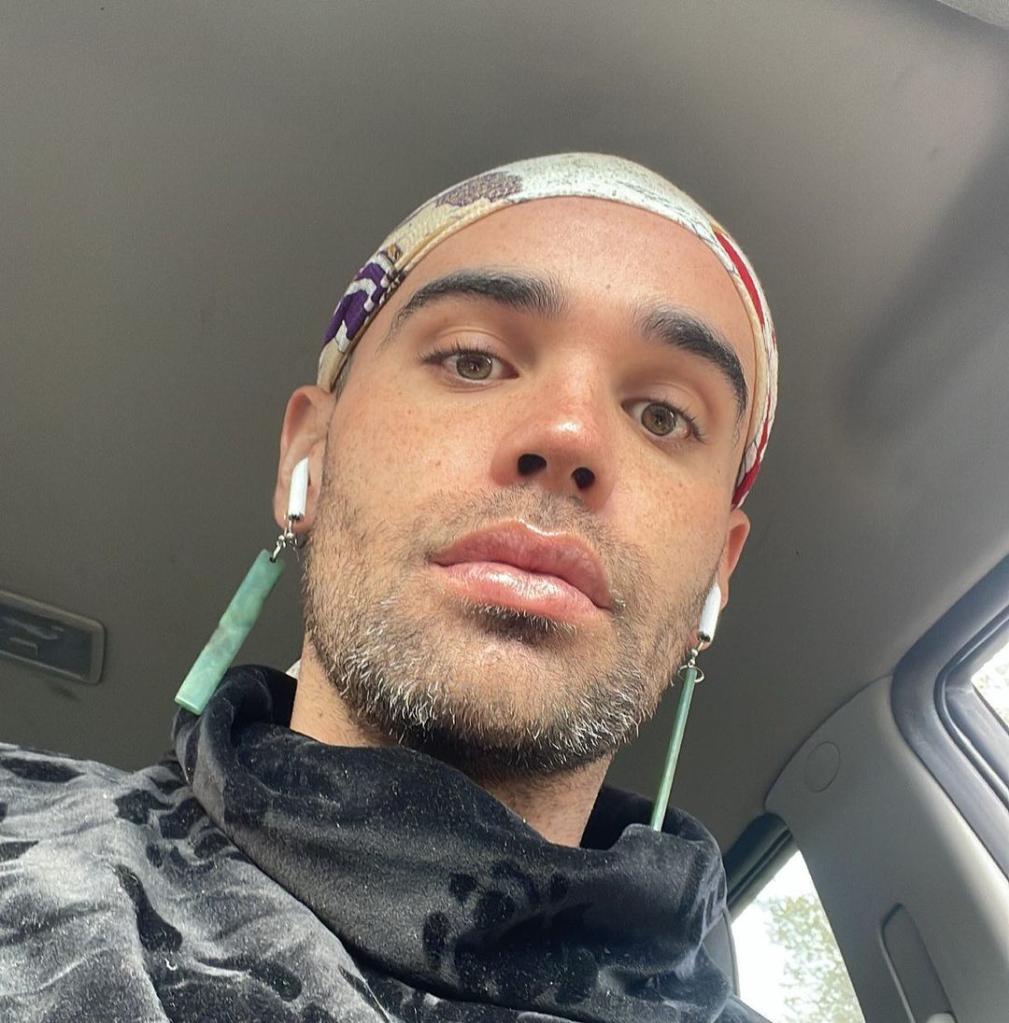
“Fighting for a queer future is making sure we even make it to that future, that’s the first priority. After the passing of Makalie Owens, many of us Melbourne have been thinking about protecting our people’s mental health. The suicide rates of queer people, especially trans people, Indigenous people and the intersections of that, is off the chart. We don’t have many queer elders, especially queer Black Elders, because they didn’t make it here.” – Scottie
“We definitely, as a queer community, have the capacity to extend our arms and ears to other marginalised groups and to acknowledge our own individual privileges. We can story tell, listen, learn and most importantly fight together as oppressed peoples. We have to remember that despite what the skewed media shows us there’s also so much queer joy in our communities. We are visible, loud and proud and that’s exactly what we need to keep fighting for.” – Jamil
“Colonialism is directly linked to homophobia and transphobia in non-Western countries, and is also the cause of climate change. LGBTQI groups and climate activists alike need to support the de-legitimisation and un-doing of colonial structures and regimes. We need to fight against the military industrial complex which upholds colonial state power and violence. We need to fight against racism and Islamophobia – which the West has so pathetically tried to label as a threat to the LGBTQI movement for its own means.” – Sofia
How can we generate spaces to counter these narratives against our community?
“For me, fighting for queer future looks like going into your queer community, being in a space where you feel seen and heard. Then going and using your privilege in spaces that may not be inherently queer to create more spaces that can be welcoming. We must use privilege to change policy and really being rooted in and connected to the intersection of queer communities.” – Tess
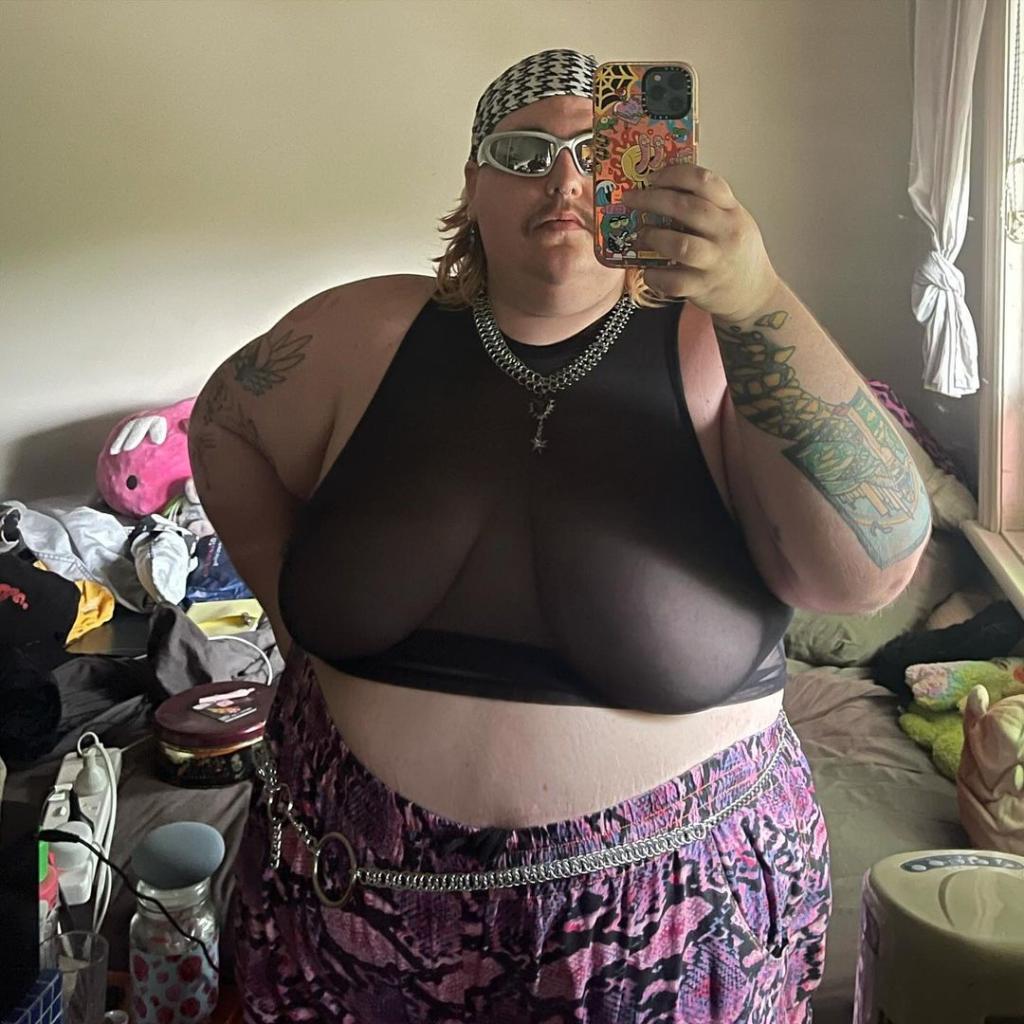
“Eurocentric, colonial narratives have constructed historical falsities in relation to Australia’s queer contexts. Through mishandled archiving and documentation practice, queerphobia and a lack of funding available to queer (especially First Nations) artists, the art scene fails to reckon with its own coloniality. Creating spaces in galleries, museums, music scenes and festivals that are curated and produced by those communities will amplify our voices and act as catalysts for shifts in policy.” – Michael
“This landscape is designed to divide us with architecture leading us from our homes to our workplaces. The history of grass-roots public spaces in Naarm CBD, primarily led by First Nations activists, has been brutally moved on with gentrification and move on laws of our state; threatened by our mobilisation. In Palestine, the roads in Jenin — after it was bulldozed to the ground — were rebuilt to the width of Israel’s infamous Caterpillar military tanks. It is important to recognise and educate one another on the historical context of these barriers to our mobilisation, to recognise the diversity of radical action relevant to different settings.” – Sofia
“Drag performers are the target of a political culture war, and we see this in Australia. But drag in and of itself is an act of defiance, it’s a way that stories have been passed between generations. I run The Drag Experiment, a science drag show, to reinforce that drag is an educational tool. This one small way I use my privilege (in this case as a big ol’ nerd and science educator) to advocate for greater queer representation.” – Naomi
We know queer futures don’t exist in a vacuum from other political struggles. What is vital to our collective freedom?
“There is an assumption that queerness is seen as inherently white and able-bodied, blackness and disability is often seen as a modifier to queerness. These intersections and the concerns of those intersections are often not heard and they must be heard.” – Scottie
“Liberation for us as people is also liberation for the landscape and confronting the subjugation of coloniality. Every facet of our community must be aware of what is happening in Palestine, Congo, and Papua New Guinea, and recognise that liberation doesn’t just come in the form of our sexuality or gender. Climate justice also sits in that intersection.” – Guy
“I believe all liberation is connected – fat liberation is queer liberation is First Nation liberation is Palestinian liberation. I use my body as a protest, I can not separate my fatness from my queerness. Both things are held so close to my heart, I know when I am working toward fat liberation it is my responsibility to stand in solidarity with all other marginalised individuals fighting for liberation.” – Tess
“We each have different skill sets and abilities to work with. To be strong, however, we must unite by recognising the intersectionality between causes and the capitalist co-opting of the causes which we have fought for. Tel Aviv, the ‘safe haven for queers in the middle east’, has co-opted the Palestinian city of Jaffa which, in my grandmother’s time, was where all of the queers would go to party. Recognising the intersections between those who are oppressed makes our movement larger and more steadfast against rising facism and state violence.” – Sofia
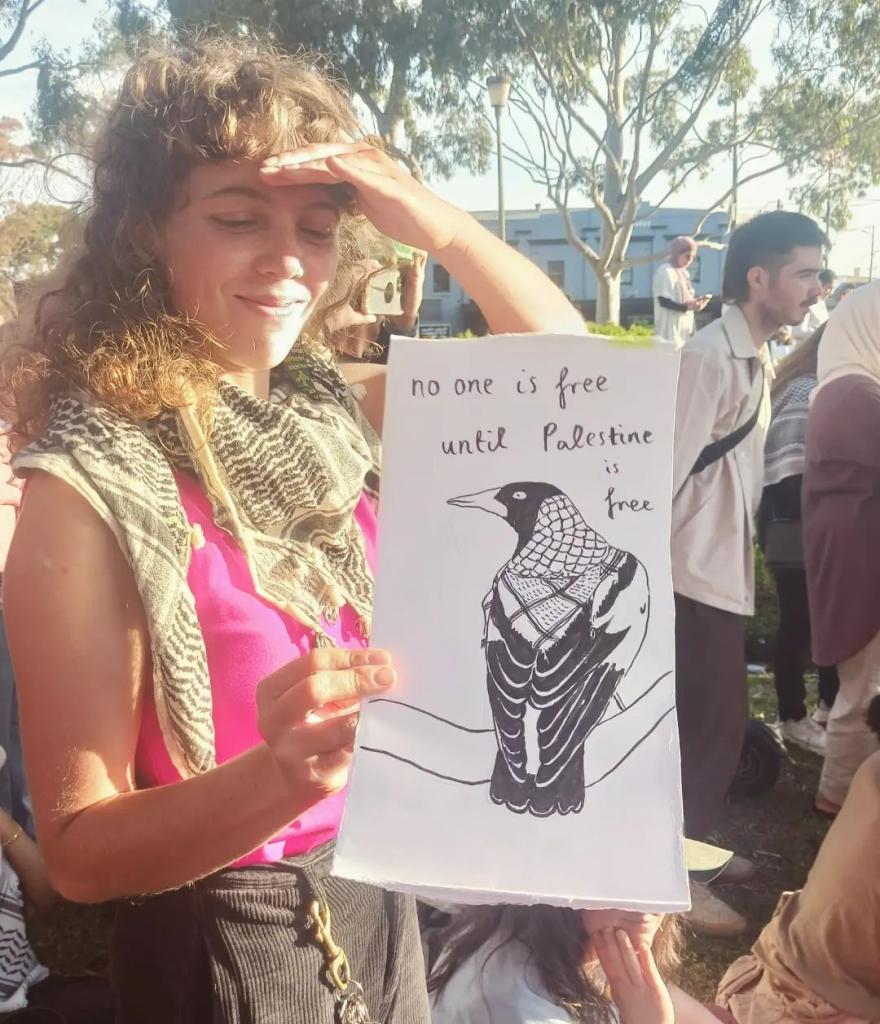
“The queer community is so incredibly fatphobic. Structural and institutional attitudes, practices and policies need to change to end fat stigma. And this type of systemic change takes time. So we need to actively support fat queer hotties in taking up space! Look to spaces like Big Thick Energy (@bigthickenergy_) or films like FA(C)TS created by Demon Derrière and me.” – Naomi
“Our liberation as queer people can never be seen to stand alone. We have to pay respects to the BIPOC roots of our fight and those queer bodies who are victims of brutal colonisation. We are all facing the impacts of living in a white supremacist capitalist patriarchy, some more than others, and we must acknowledge our liberation is only possible when we organise ourselves to fight together. Connecting the dots between movements: the fight for climate justice, Global First Nations, basic human rights, (coloured) feminism, Black Lives Matter, men’s mental health, ACAB, Free Palestine, pan Africanism etc. We should strive to keep in mind that somebody before us fought for the comfortability we have today, to honour them we should never get too comfortable until we are all able to live equitably.” – Jamil
